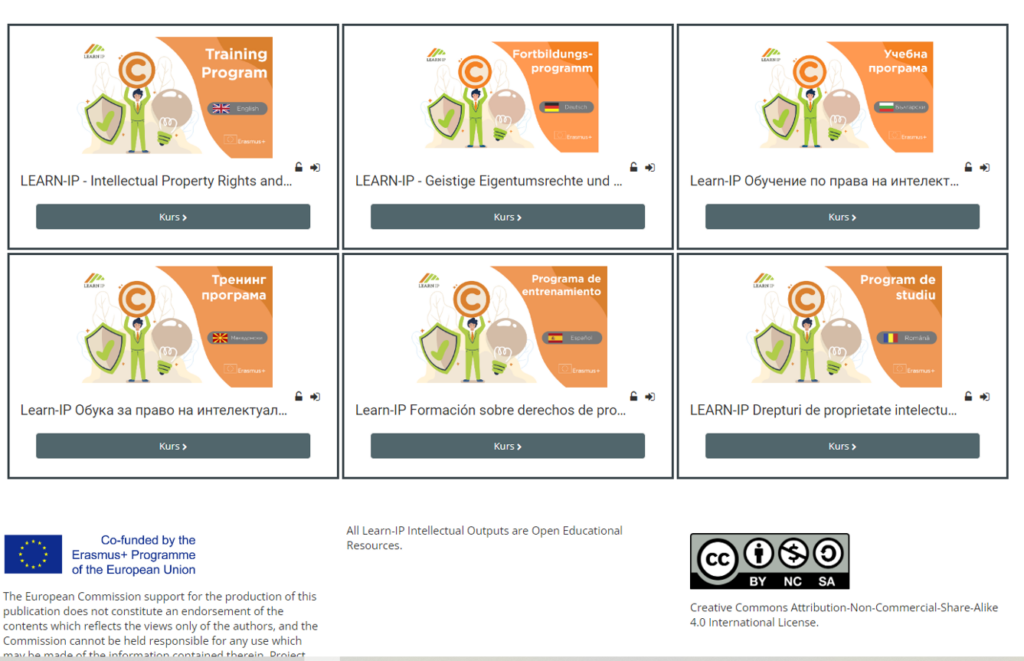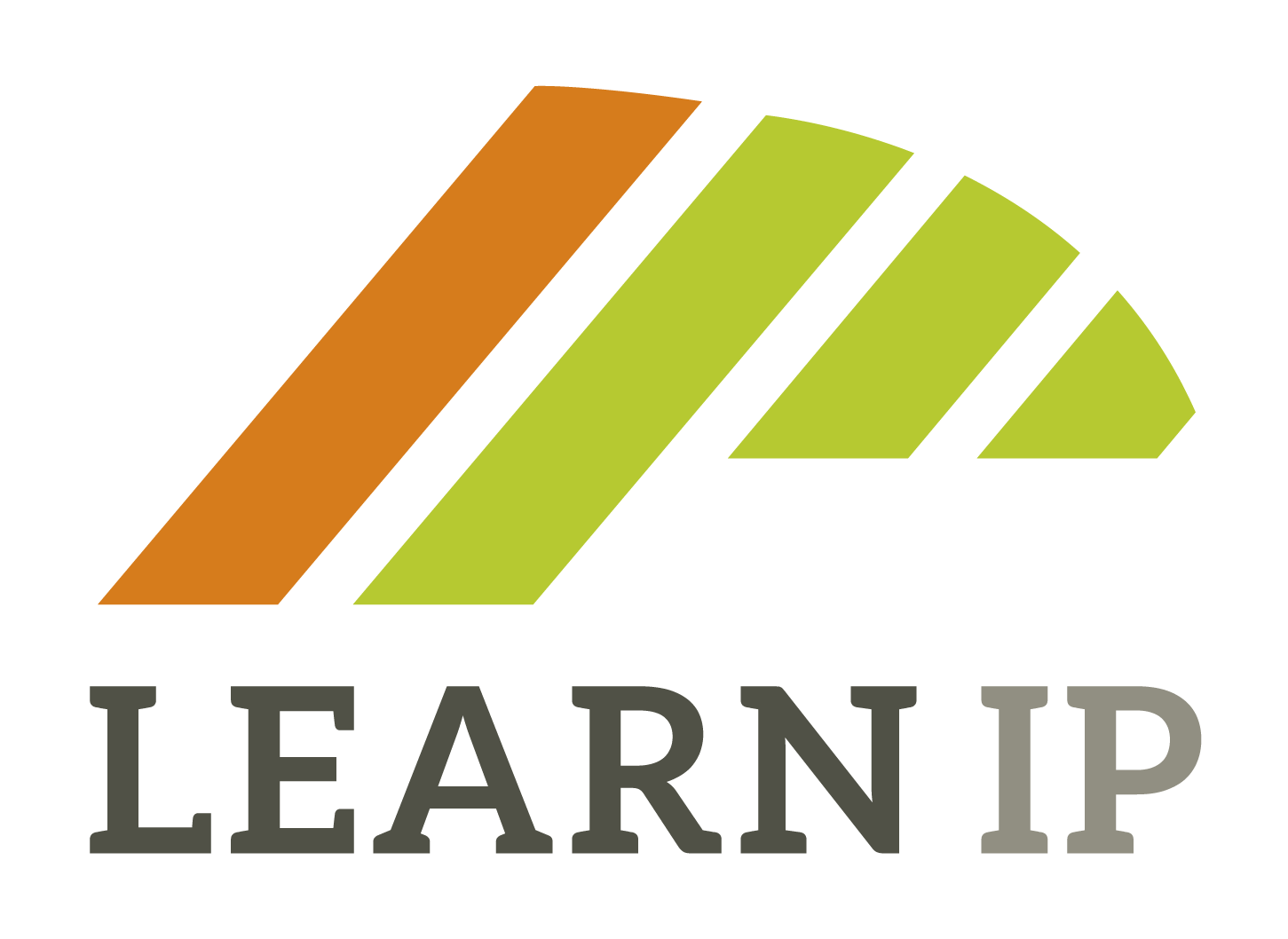The training scheme was developed by the LEARN-IP team and the training modules are accessible here: https://moodle.learn-ip.eu . The scheme is available in English, German, Spanish, Macedonian, Romanian and Bulgarian.

A short presentation is available on YouTube – have a look!
(This video is also available on YouTube. Please be aware: You send data to Youtube as soon as you click on a YouTube link. We cannot prevent that. By loading the video, you accept YouTube’s privacy policy.)
Module 1: Introduction to the learning curve of Intellectual Property in cultural heritage and cultural tourism
This module gives a general introduction to the vision of the training and the relevance of intellectual property rights for cultural heritage and cultural tourism.
Module 2: How to identify assets in the cultural heritage and tourism sector
This module is addressed to heritage managers and cultural tourism professionals and first introduces the terms “cultural heritage” and “cultural tourism” as they are used in the context of LEARN-IP. It explains the term “asset” which plays an important role in the context of intellectual property rights. It then goes on to discuss the potential of heritage assets for cultural tourism, and learners will gain insight into how to identify assets and make use of opportunities from assets. With some good practices and numerous exercises learners can reflect and deepen their understanding and knowledge.
Module 3: Transformation of cultural heritage and tourism assets into intellectual property
This module provides a guided tour through intellectual property rights (IPR) and their application to cultural heritage and tourism assets. After a general introduction of properties of IPR, various kinds of industrial property rights and copyright are introduced and illustrated with examples. This knowledge is then applied to the field of cultural heritage and tourism. Criteria and strategies are developed which allow identifying the most appropriate IPR for a specific asset. The prerequisites, necessary steps to obtain protection, and the estimates of occurring costs are presented.
Module 4: How to identify opportunities and overcome barriers for utilizing assets
This module presents the importance of the cultural heritage and tourism assets as an opportunity for developing economic benefits. It focuses on how to identify opportunities for its protection and utilization. It examines the identification of the barriers and the importance of precaution measures for the third-party IPR related to cultural heritage and cultural tourism assets. It enables learners to develop a sustainable cultural tourism business in a protected cultural environment. This module is a valuable reference to be added to the skills and knowledge learners develop through practice and experience.
Module 5: IPR strategy and business development
This module explores the principles of an IPR strategy in the cultural heritage and cultural tourism sector: It provides an answer to the question of what to do after registration of IPR for certain cultural tourism or heritage products or services. Furthermore, it explores the general question of how to “exploit” cultural heritage and cultural tourism assets and to bring economic benefits to the stakeholders, including the local community. Finally, this module opens new horizons to the learners regarding the latest trends in digitization specifically for the cultural tourism and heritage sectors.
Module 6: How to build value-chains to valorize cultural heritage and tourism intellectual property
This module explains how value chains can be developed specifically with intellectual property assets and what needs to be considered. Targeted learners are stakeholders from cultural heritage as well as cultural tourism. They should first become aware of what value chains are and the serious role they can play. The competences and skills that will be developed include, in the first step, the identification and analysis of value chains. The next step is the integration of intellectual property rights in value chains and their beneficial use in terms of economic, social, environmental, and sustainable effects. For both sectors, this is presented and discussed in respective impacts.
Module 7: How to finance the creation of IP assets in cultural heritage and tourism
This module presents the professional approach to financing the protection and commercialisation of cultural heritage and cultural tourism assets. Funding these activities is one of the most important considerations to be taken, but not many European cultural and tourism stakeholders are trained in the art of raising funds. Thus, the module provides information about the existing different financing sources and financing models for the different steps in the intellectual property protection and exploitation phases. Finally, this module introduces the different forms and unique features of the financing possibilities available and illustrates those with examples with good practice references and with referrals to further readings.

